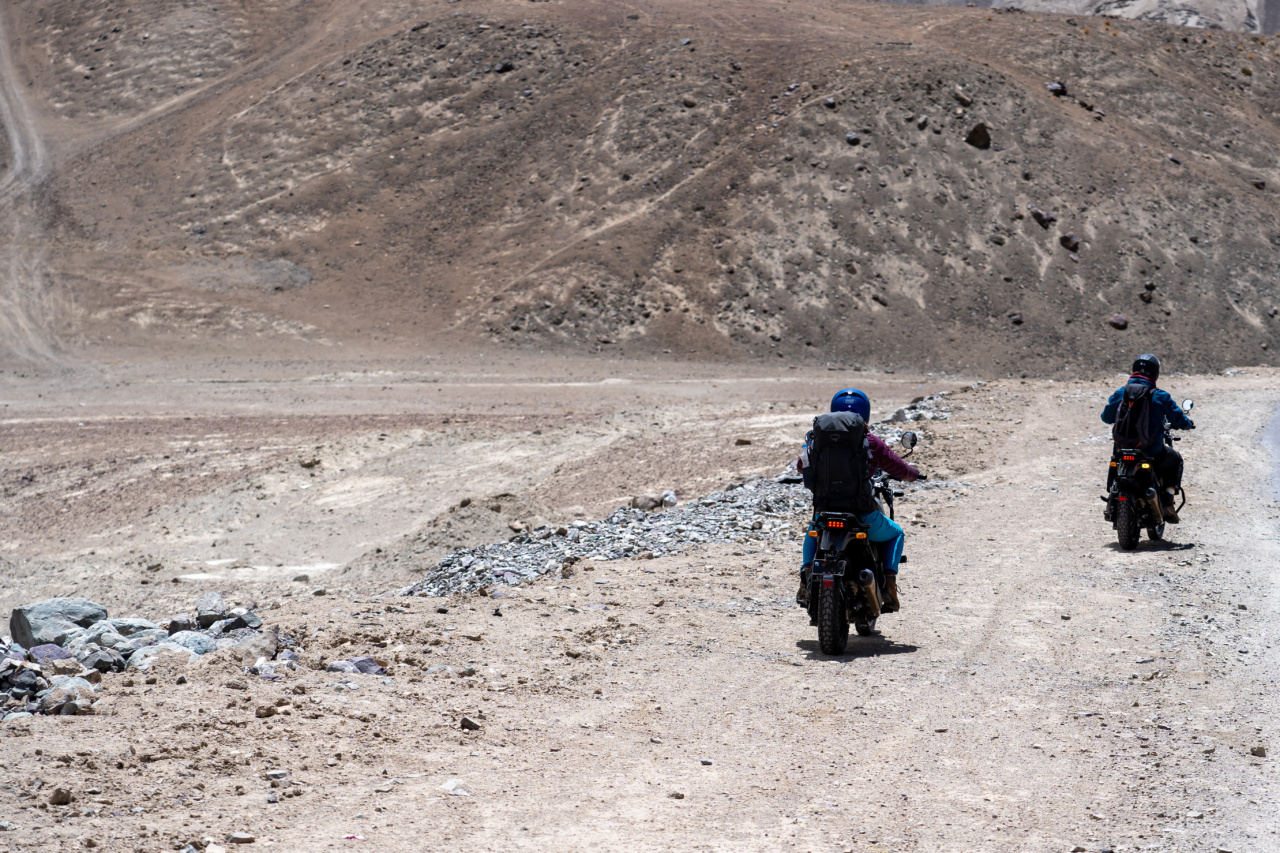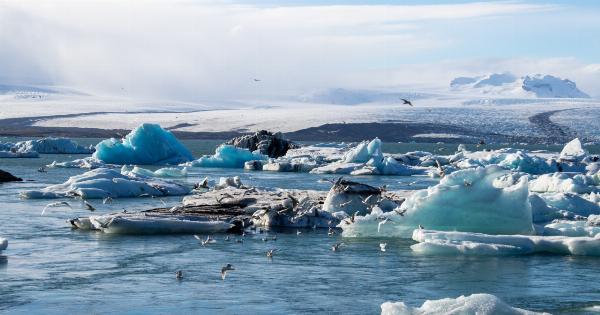Gulf dryness is a phenomenon that affects the climate in the Gulf region, causing a significant reduction in rainfall and increased aridity.
While the primary cause of Gulf dryness is often attributed to natural climate variability, there are several other factors that can contribute to its occurrence. In this article, we will explore some of these lesser-known factors that can lead to Gulf dryness.
1. Vegetation Changes
The alteration of vegetation cover in the Gulf region can have a significant impact on the occurrence of dry periods. Deforestation, urbanization, and changes in land use patterns can all contribute to the loss of vegetation cover.
As a result, less moisture is retained in the soil, leading to increased dryness in the region.
2. Oceanic Circulation Patterns
Oceanic circulation patterns, such as the Gulf Stream, can affect the moisture content in the Gulf region. Changes in these patterns can lead to a decrease in the transport of moisture-laden air and result in drier conditions in the Gulf.
El Niño and La Niña events can also influence oceanic circulation patterns, further exacerbating Gulf dryness.
3. Air Pollution
Increasing air pollution levels can contribute to Gulf dryness by altering the composition and properties of aerosols in the atmosphere. Aerosols can act as cloud condensation nuclei and impact cloud formation processes.
Changes in cloud properties can subsequently affect rainfall patterns, leading to drier conditions in the Gulf.
4. Changes in Sea Surface Temperatures
Sea surface temperatures (SST) play a crucial role in determining weather patterns, including rainfall.
Changes in SSTs, such as those associated with climate cycles like the Pacific Decadal Oscillation (PDO) or the Atlantic Multidecadal Oscillation (AMO), can influence the amount and distribution of rainfall in the Gulf region. Warmer SSTs can lead to increased evaporation rates and, consequently, dryer conditions.
5. Greenhouse Gas Emissions
The emission of greenhouse gases, such as carbon dioxide and methane, can contribute to Gulf dryness by enhancing the greenhouse effect and altering global climate patterns.
Increased greenhouse gas concentrations can lead to rising temperatures and changes in precipitation patterns, ultimately resulting in drier conditions in the Gulf region.
6. Urban Heat Island Effect
The urban heat island effect refers to the phenomenon where cities experience higher temperatures compared to surrounding rural areas due to human activities and infrastructure.
This effect can lead to alterations in local weather patterns and reduce moisture availability, contributing to Gulf dryness.
7. Land Subsidence
Land subsidence, which is the sinking or settling of the Earth’s surface, can occur due to natural processes or human activities such as groundwater extraction and oil extraction.
Subsidence can disrupt the natural hydrological cycle, leading to decreased water availability and increased dryness in the Gulf region.
8. Land and Water Management
The management of land and water resources in the Gulf region can influence the occurrence of dry periods.
Poor land and water management practices, such as over-irrigation and inefficient water use, can lead to the depletion of water sources and a decrease in soil moisture, exacerbating Gulf dryness.
9. Climate Change
Climate change is a major driver of changes in weather patterns and can contribute to Gulf dryness.
Increasing temperatures, altered precipitation patterns, and changes in atmospheric circulation can all influence the occurrence of dry periods in the Gulf region. The impacts of climate change on Gulf dryness are expected to become more pronounced in the future.
10. Natural Climate Variability
While this article focuses on factors other than natural climate variability, it is important to acknowledge its role in Gulf dryness.
Natural climate variability, such as the North Atlantic Oscillation (NAO) or the Indian Ocean Dipole (IOD), can result in shifts in weather patterns and contribute to periods of dryness in the Gulf region.




























